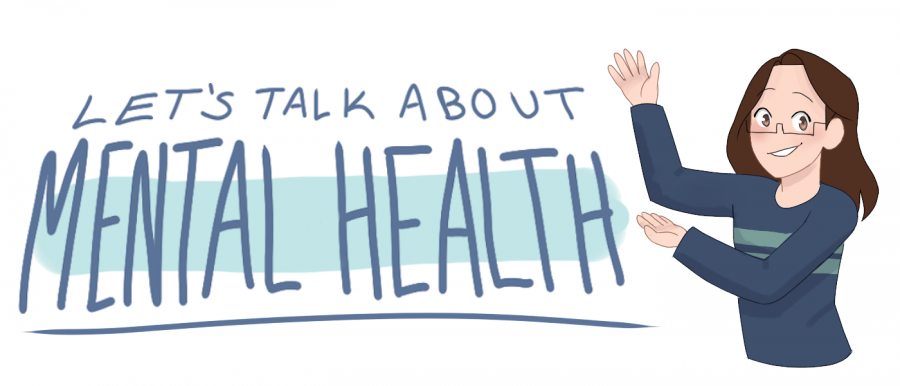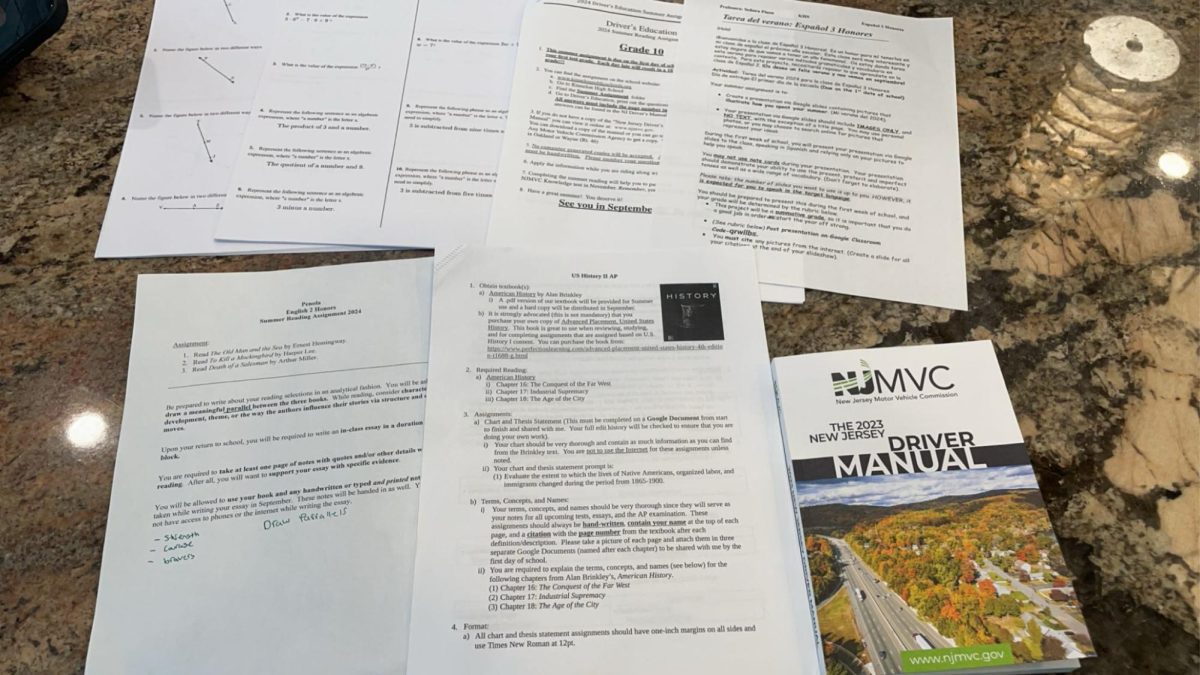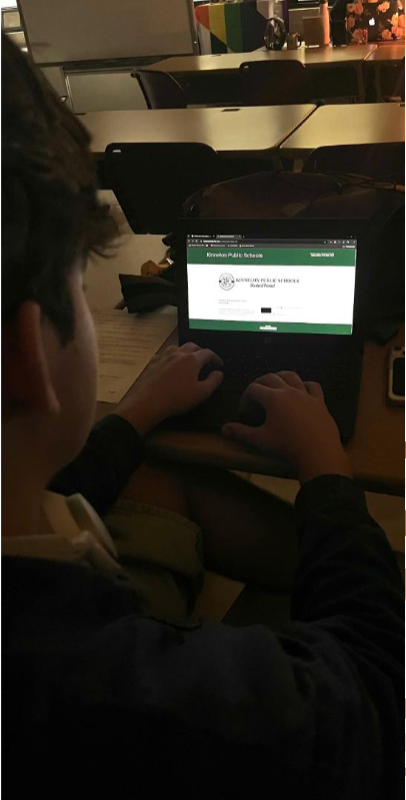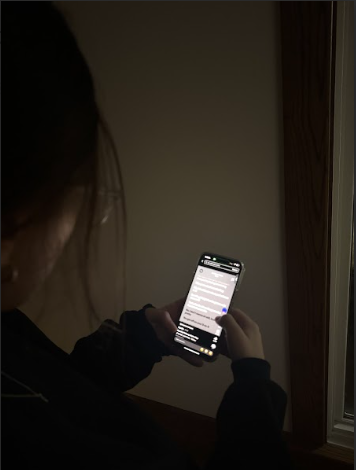Content Warning: The following article discusses suicide in depth. Readers should be aware of the column’s content and proceed at their own risk.
Every 40 seconds, a person dies of suicide; however, the World Health Organization (WHO) estimates that in 2020, the number will increase to one death by suicide every 20 seconds.
According to the Center for Disease Control and Prevention (CDC), suicide is the second leading cause of death amongst adolescents aged 15 to 19, and the tenth leading cause of death in all age groups in the United States, with more than 47 thousand people dying in the U.S. alone. Worldwide, the number is even more terrifying, being approximately one million people per year, according to the WHO.
Suicide is not a trivial matter. In the past 45 years, the rate of suicide increased by 60 percent worldwide, while in the U.S., an increase of 25 percent has occurred, and the upwards trend doesn’t seem to be slowing down any time soon despite successful anti-stigma campaigns (such as StigmaFree) and large-scale mental health awareness efforts largely in part due to the efforts of the National Alliance on Mental Illness and similar organizations.
However, not all countries have come around to accepting mental illness as being a serious problem. Countries such as Lithuania (suicide mortality rate: 31.9 per 100,000 population), Russia (suicide mortality rate: 31.0 per 100,000 population), Guyana (suicide mortality rate: 29.2 per 100,000 population), South Korea (suicide mortality rate: 26.9 per 100,000 population), and Belarus (suicide mortality rate: 26.2 per 100,000 population) hold the highest suicide rates in the world, and not coincidentally, they lag behind regarding accepting mental illness as a valid form of sickness. These countries soar above the global suicide mortality rate of 10.6 per 100,000 population; however, the United States does too. Coming in at 15.3 per 100,000 population, the United States ranks 23rd internationally and fourth in the Americas, also having a higher suicide mortality rate than the regional average (in the Americas) of 9.8 per 100,000 population.
And, looking at some colleges’ actions in the past few years in the U.S., this then doesn’t seem to be too far-fetched of a statistic. The most well-known of these actions were the Cornell Gorge Suicides, which took place in the 1970s, 1990s, and even the 2009/2010 school year. Between 1970 and 2010, the suicide death toll at the gorge in Cornell University was as high as 27. However, it was only in 2018 that Cornell decided to install suicide nets. Despite enacting the change a few years after the actual events in 2010, what’s most important is that change was made. As of now, the suicide nets at the gorge are holding up, and since 2010, there have been no new reported cases of suicide at the gorge, making it an effective first step to combating suicide on the campus.
Knowing even a glimpse of the pervasiveness of suicide, the statistics, and the comparisons across countries is a positive step forward to encouraging the discussion of such a pressing matter of today’s societyー not only in the United States, but world wide. Not to mention, it is through discussion that solutions can be found. After all, the suicide rate will only continue to increase without the proper steps being taken to combat it. Steps such as recognizing the warning signs, staging an intervention for the person, and supporting them long-term as they get the necessary treatment.
Firstly, the CDC states that there are 12 warning signs that all people should be aware of concerning suicide and suicide ideation. These include:
- Feeling like a burden
- Being isolated
- Increased anxiety
- Feeling trapped or in unbearable pain
- Increased substance use
- Looking for a way to access lethal means
- Increased anger or rage
- Extreme mood swings
- Expressing hopelessness
- Sleeping too little or too much
- Talking or posting about wanting to die
- Making plans for suicide
Secondly, it’s important that people are unafraid when inquiring about another person’s suicidal thoughts or suicidal ideation. After all, it could end up saving someone’s life and allowing the person to feel that they are wanted and loved in this world. Approaching someone (even if you don’t even know them) can end up being the difference between that person deciding to go through with or or choosing to seek help instead.
Thirdly, continuous support from family, friends, counselors, etc. ensure that the person will work through and overcome their battle with depression, anxiety, and suicidal thoughts. Having a support system for anyone undergoing treatment with a trained professional can take off months from therapy and ensure they receive a full treatment.
Here are some resources if you know someone or you yourself are experiencing suicidal thoughts:
Call / Text-
1-800-273-8255 (Suicide Prevention Hotline)
Text HOME to 741741 (Crisis Text Line)
866-488-7386 (The Trevor Project Hotline)
Websites-









